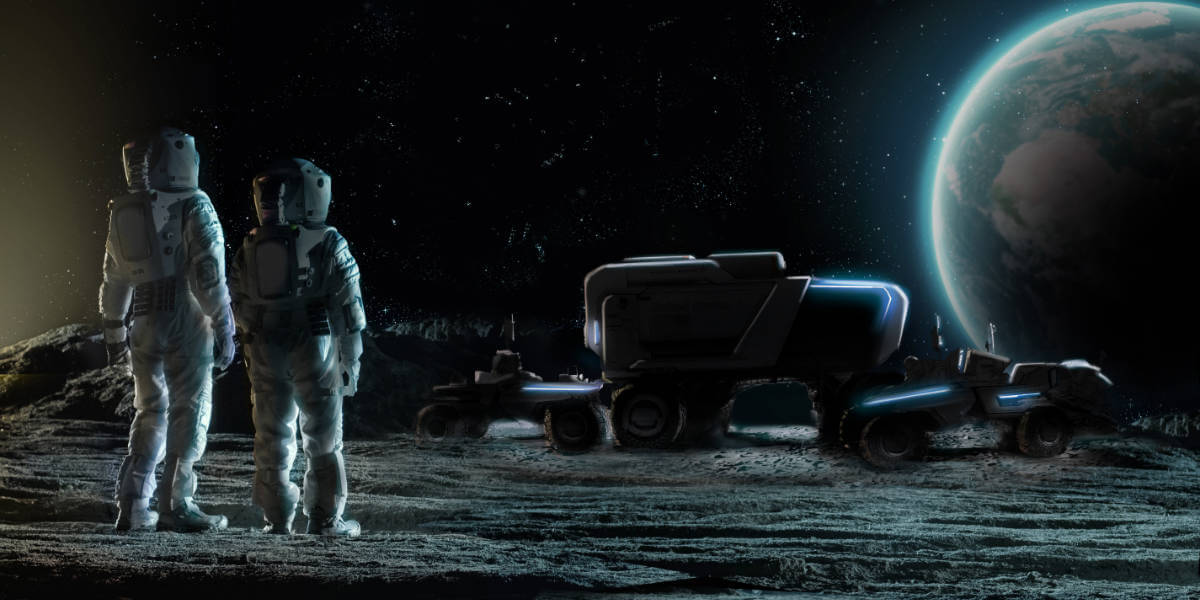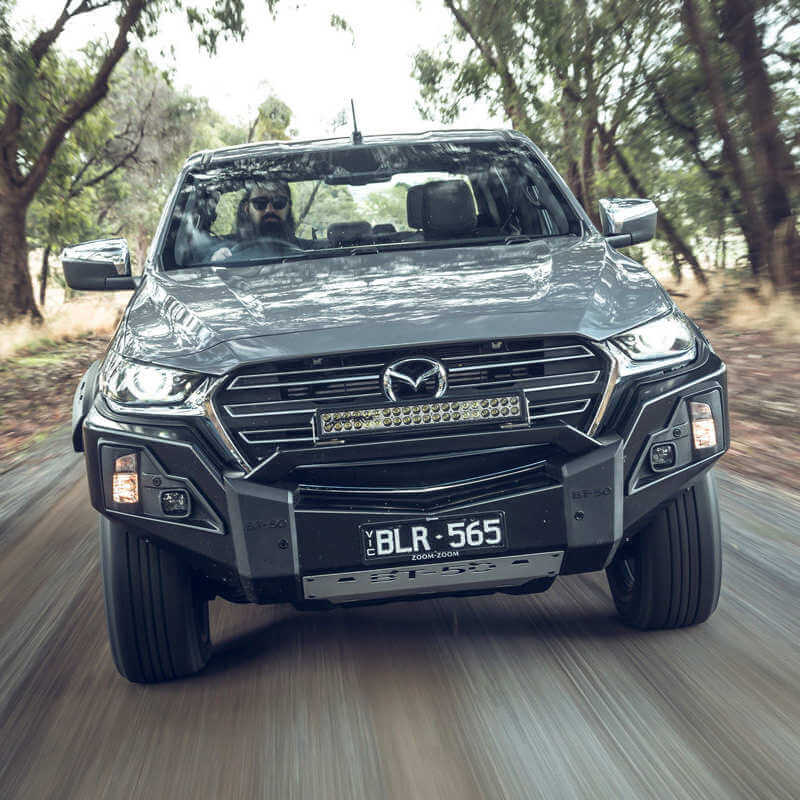GM And Lockheed Martin are building a Lunar Rover
NASA has been working toward another journey to the moon called Project Artemin and for it, they will need a new Lunar Rover. To help NASA, GM and Lockheed Martin have stepped up to develop the new Lunar Terrain Vehicle (LTV). This mission will hopefully see astronauts landing on the moon again.
NASA needs a lunar rover fit for the South Pole of the moon.
This development started when NASA reached out to the automotive industry for solutions. The vehicles will be battery powered and will need to make more efficient use of their energy since NASA intends to travel further than previous missions. Where exactly? Well, NASA plans to land on the South Pole of the Moon.
GM made the obvious choice for the company to step up and work with NASA as they have done this before. Previously, it was GM and Boeing that developed the lunar rovers used for Apollo mission 15 and 17. They also helped develop the guidance and navigation systems for Apollo 11.
Lockheed Martin has a 50-year history with NASA and are experts in deep-space human and robotic spacecraft. Alongside Project Artemis, Lockheed Martin will also be working on Project Orion.
“General Motors made history by applying advanced technologies and engineering to support the Lunar Rover Vehicle that the Apollo 15 astronauts drove on the Moon. Working together with Lockheed Martin and their deep-space exploration expertise, we plan to support American astronauts on the Moon once again.” – Alan Wexler, senior vice president of Innovation and Growth at General Motors.
“We’ve led missions to other planetary bodies for decades, building spacecraft that can survive the high radiation environment, cold temperatures, and yet be very light and very reliable. This is what we specialize in, and we are more than capable of meeting and exceeding this challenge for NASA.” – Kirk Shireman, vice president, Lunar Exploration Campaigns at Lockheed Martin.
Together, we will hopefully see a very efficient electric lunar rover that will be fit for the South Pole of the Moon.
Source: GM | Jalopnik | Lockheed Martin | Motor1








